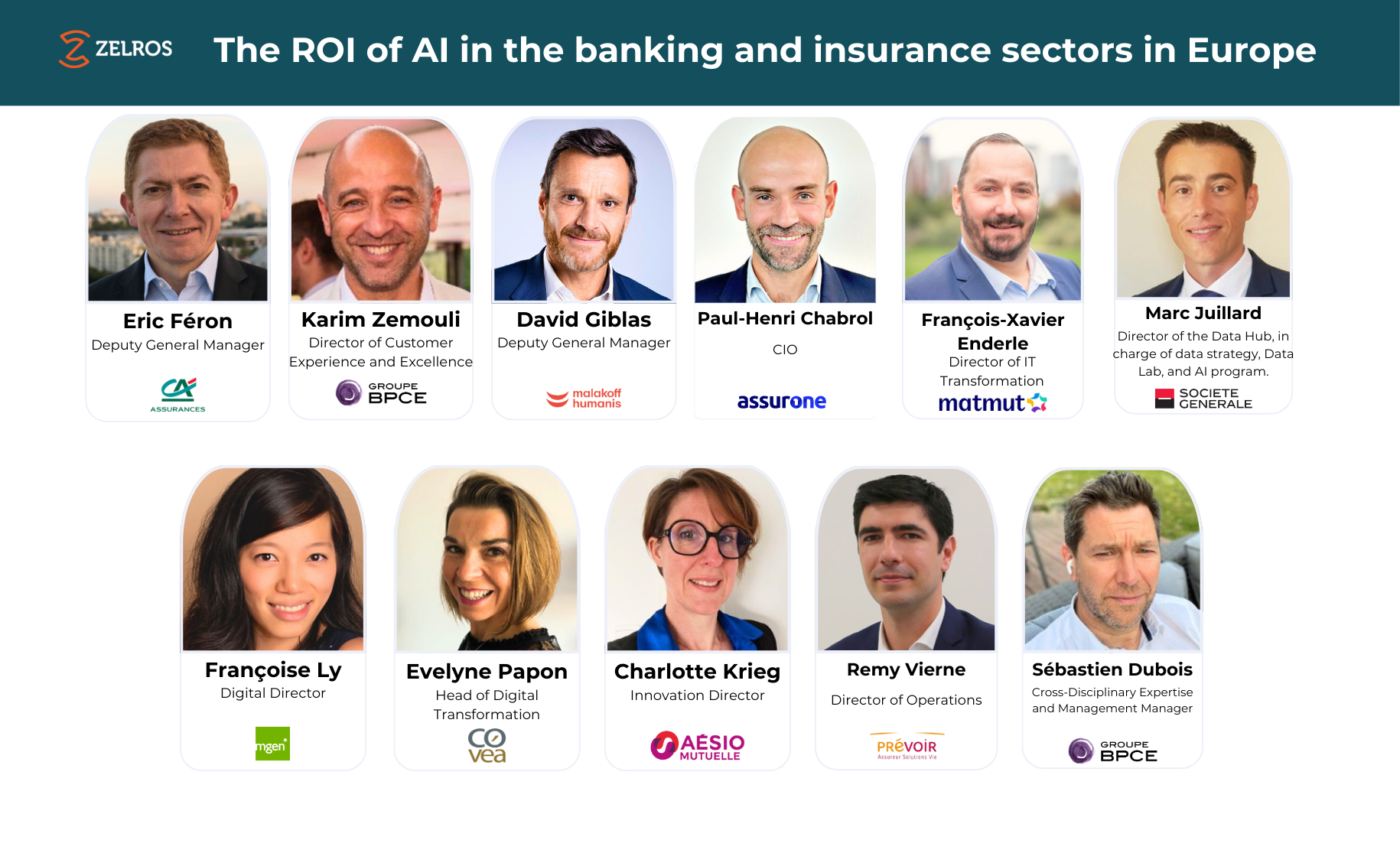AI for Insurance: 4 Trends to Watch in 2020

It’s now like a ritual. Each year we publish a post about the best machine learning trends to follow. Here we are, and happy new year! ✨
Natural Language Processing reinvented
Insurance is an industry traditionally processing a lot of textual data: contracts, claims descriptions, emails, forms, chat, phone calls transcripts … It’s no surprise that applying AI on these contents is a big trend. And guess what? Natural Language Processing made incredible improvements during the last months, with BERT and Transformers.
Among several usages, new pretrained language models re-opens the doors of data-augmentation when only few data is available for learning (few-shot learning). For example chatbots, that seemed to have reached their limits, are having their new moment, like for instance with automated utterances generation, or out-of-domain detection.
And this is only the beginning. NLP is definitely the hot topic of 2020!
Trust & security
By design, data manipulated by insurers is not just any data. It can be personal data, describing your behaviour and lifestyle. And it can be used for sensible purposes, like risk scoring or pricing. What’s more, insurance is different from other industries. It has a social protection and prevention mission.
That’s why algorithm transparency is of utmost importance for insurance players, and several researchers are looking for means to explain machine learning models, or to make them more respectful of environment.
What’s next in this domain? Synthetic data generation for private-by-design machine learning training (instead of just anonymization) and homomorphic encryption, to process encrypted data into encrypted results.
MLOps
AI-first insurers of tomorrow will delegate a large part of their operations to intelligent algorithms. Designing and making these algorithms work is now something usual. But the next big challenge will be: how to manage their life cycles at scale? Monitoring their performances in production, retraining and upgrading them, making live A/B tests…
Two topics to follow are growing interest in this category: AutoML, and online learning (a flavour of it being reinforcement learning), when the ML model is trained on the fly, while being used. The later drastically simplifies maintenance, as no re-train is needed, and there is no separation between model design and model production.
UX and AI
For traditional insurers, becoming AI-driven is not enough. They also have to offer to their clients the new standard imposed by the big techs: an extraordinary customer experience.
Indeed, machine learning remains useless if it is not intimately embedded in a process, or doesn’t interact smoothly with a user.
How to display ML results to the users? How to propose a machine-generated recommendation to the consumer? How to get implicit or explicit feedback to update an online learning algorithm? Sometimes improving the UX is worth months of Data Science research. Making work together product, data science and UX teams will be key in 2020.
See you in 2020 for other fresh thoughts on data, AI and insurtech! ????
